
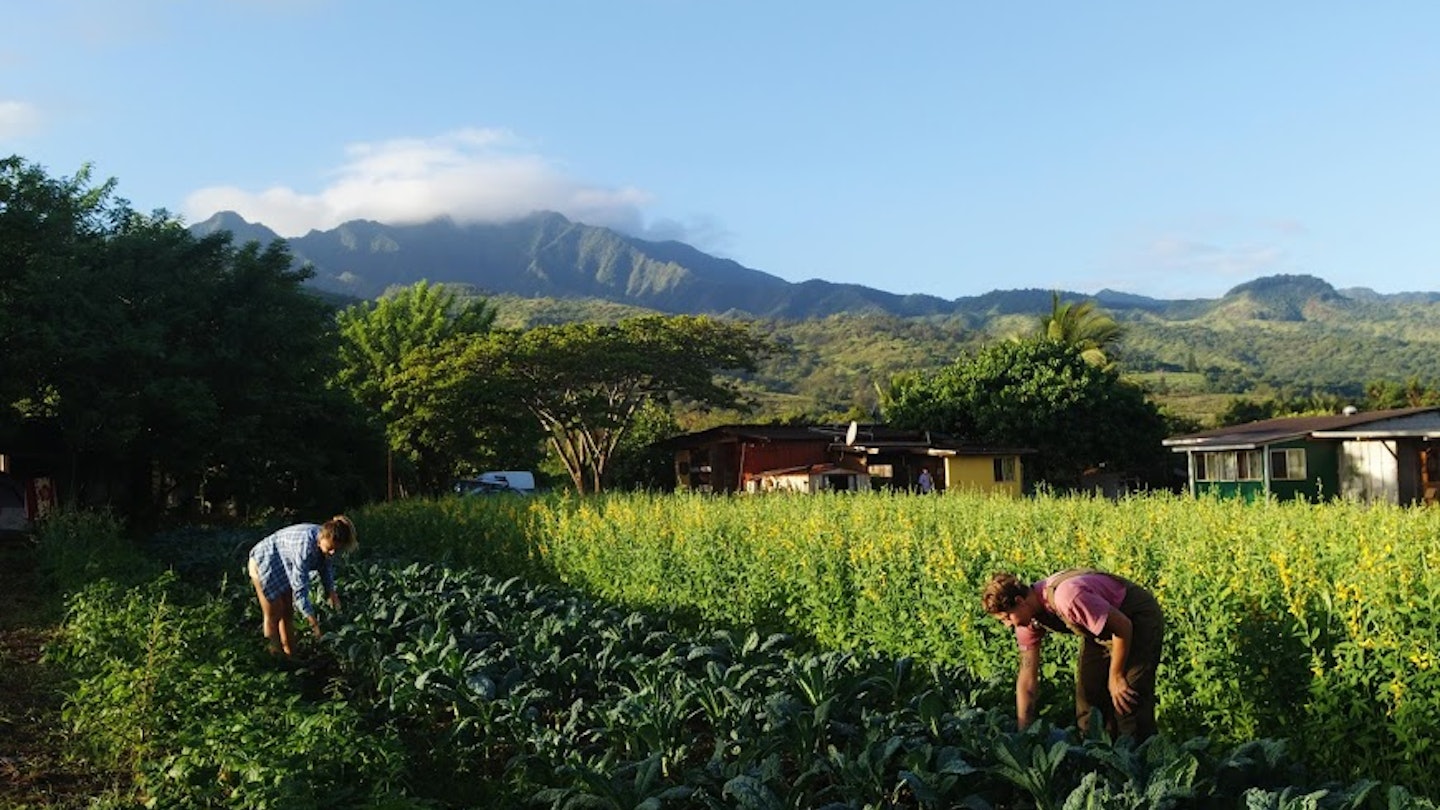
This farm in Hawaii offers work-exchange opportunities through WWOOF (Worldwide Opportunities on Organic Farms). WWOOF-USA
My first volunteer traveling experience in a remote Himalayan valley changed my perspective on travel – and life – in ways I hadn’t anticipated. I spent a month volunteering with Spiti Ecosphere, a social enterprise that offers meaningful holidays in the high-altitude mountain desert of Spiti in India, and invests the majority of its profits into sustainable development projects in the valley, through innovations like solar baths, solar passive winter rooms and solar microgrids. My project involved setting up a ‘Monk for a Month’ program which would enable slow travellers to experience spiritual life in a monastery or nunnery in Spiti. As part of my work, I hiked and hitch-hiked to remote monasteries and nunneries, spent time with monks and nuns learning about their daily lives, and ended up re-evaluating my own!
The thing about volunteering, I realized, is that if done right, it has the power to positively impact the places and communities we volunteer in, but also our own personal and professional journeys. In order to do it right however, it’s important to evaluate a volunteering project based on social, environmental and ethical considerations, your skills, and the long-term impact.
If you want to share your skills in the US or around the world, here’s how to choose a sustainable volunteering project.
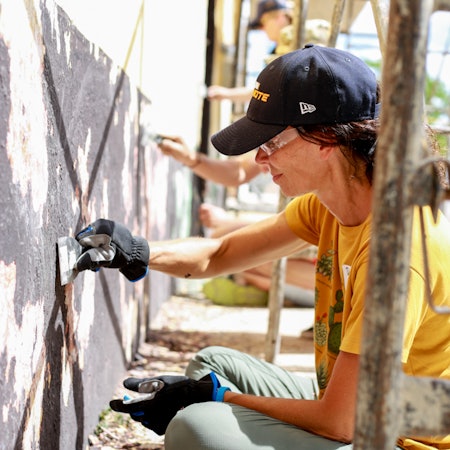
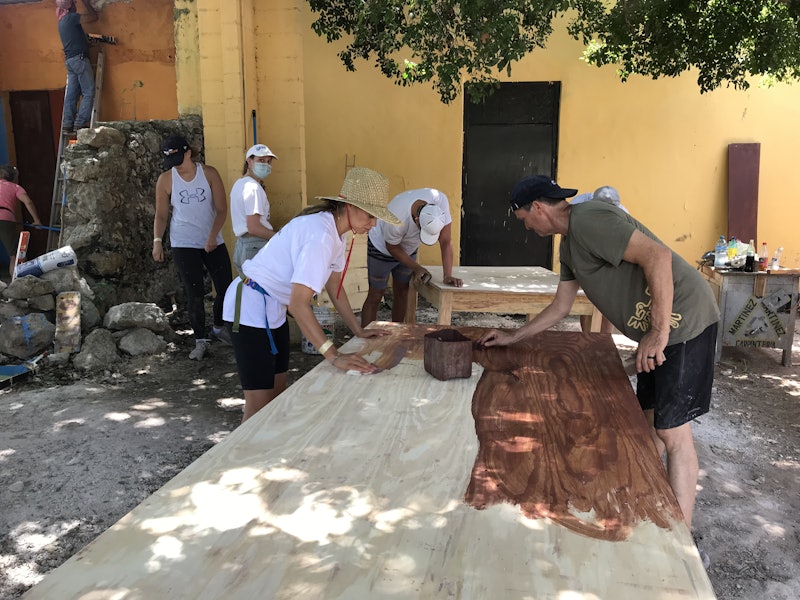
Ask why you want to volunteer
People who volunteer generally want to help or give back. Sometimes, though, this can lean into a savior mindset, rooted in the colonial belief that certain ways of life and measures of progress are better than others, including Indigenous communities, people of color, and local societies across the Global South.
While you may have a well-intentioned desire to help, it’s better to approach volunteering as an exchange. This allows you to engage with respect and immerse yourself as a learner rather than just as a teacher – and creates space to expand your worldview and learn about ways of life and models of sustainability that differ from your own.
Take stock of your skills
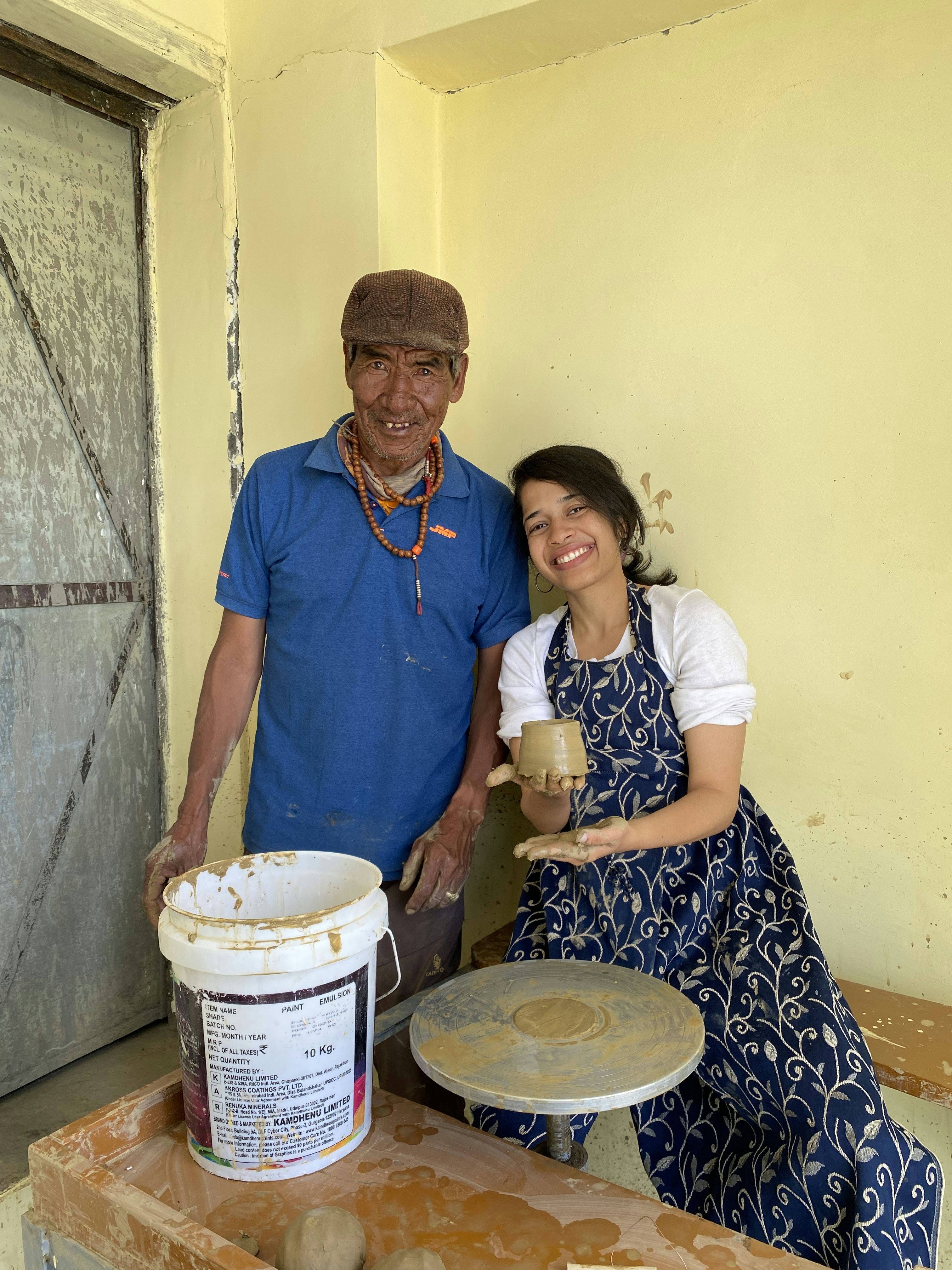
A major challenge faced by organizations that accept volunteers is the frequent mismatch of skills needed to perform the role assigned to a volunteer. Instead of choosing a volunteer project based on location or what sounds like exciting work, take a step back and evaluate your professional skills and personal aptitude. Are you good with kids or do you have past teaching experience? You’ll likely thrive as a teacher. Do you possess a great eye for design and passion for marketing? Those can be essential to a social enterprise’s public outreach or fundraising team.
By matching your skills with an organization’s needs, you can meaningfully contribute to its growth and impact while also gaining experience.
Look out for greenwashing
Sustainable travel is important to so many of us. In the midst of a climate and biodiversity crisis, we need more organizations and more sectors to embrace sustainability measures that reduce their carbon emissions, and increase climate resilience within the communities they operate. Many organizations have embraced measures to reduce carbon emissions and enhance sustainability. Unfortunately, some may overstate their sustainability practices through marketing messages that suggest their work is more eco-friendly than it really is.
As a potential volunteer, take the time to research and evaluate an organization’s claims and match them with the actions it takes. Compare these with similar organizations. Ask questions when in doubt.
For instance, a tree-planting organization might claim to be saving the planet, but does it plant native trees, engage local communities and monitor and report results annually? Look for an organization that pursues long-term projects and continually updates its goals. After all, sustainability is not a single practice but an evolving journey.
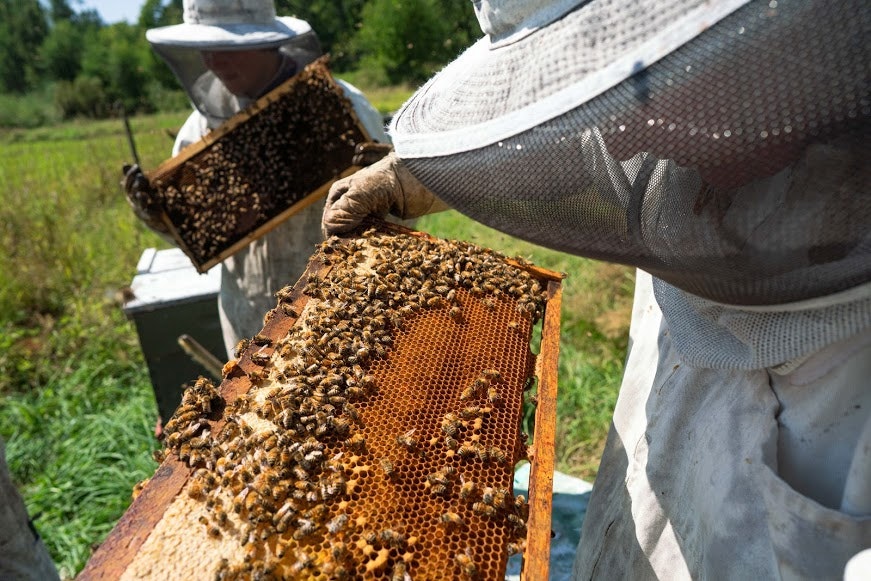
Understand the impact of volunteering with children
Opportunities to work with children abound, from remote schools to orphanages in economically developing countries. It can feel fulfilling to serve as part of a child’s formative years, offering them love, support and academic lessons. But it’s essential to think about the impact of short-term volunteering on children in orphanages, for instance, who’ve likely faced abandonment traumas and emotional damage. For kids with challenging economic and home situations, schools are meant to offer a sense of stability. A crew of rotating volunteers with varying emotional capacities might not serve that need.
There are cultural differences, language barriers, familial challenges and economic hardships to negotiate, as well. That’s not to say that you should avoid volunteering with children. But you may want to investigate longer-term commitments that truly benefit kids – and you in the process. Take time to identify organizations that are as committed to the well-being of the children they serve as to the roster of foreign volunteers who bring in funds for sustenance. Ask what kind of safeguarding policies they have in place to protect the children.
Consider the ethics of volunteering with animals
Animal lovers may seek to make a difference in the animal kingdom by volunteering at a sanctuary, which often conjures up dreamy images of bathing baby elephants or feeding injured monkeys. However, it’s essential to ask whether an animal sanctuary is simply a glorified zoo – keeping animals captive to give well-meaning (and well-paying) volunteers an opportunity to feed, touch and get close to them.
An organization’s website or social media should reveal whether it operates as a rehabilitation space with a long-term goal of reintroducing animals back into their natural habitat or recreating that habitat if not enough of it exists. Does the organization have efforts and outreach in place to reduce the numbers of animals that need rehabilitation? Does it minimize volunteer interference in animals’ natural behavior – including touching, direct feeding and even communication (especially in case of rescue from human environments like circuses and house pets)? The answers may vary based on local contexts, but a genuine sanctuary will not shy away from these difficult questions.
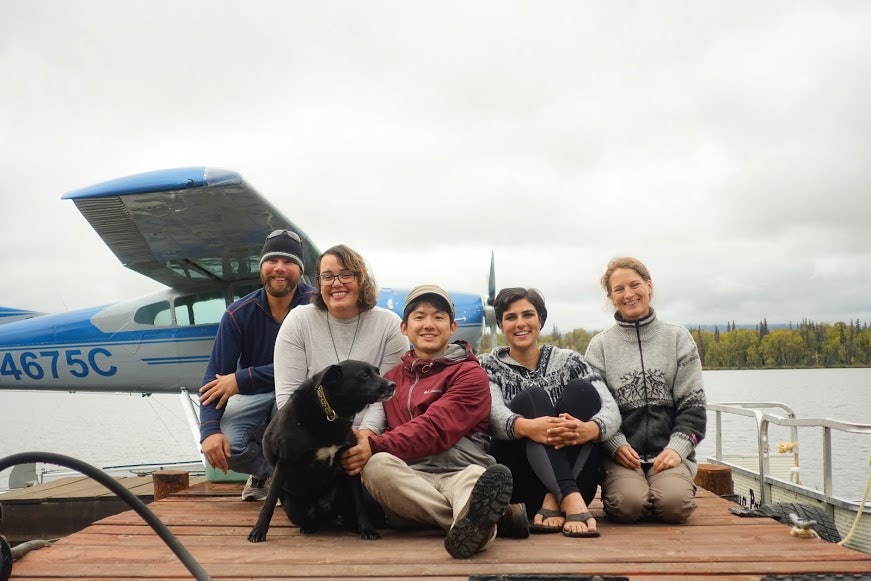
Examine the long-term impact of volunteer work
Examining the ‘why’ of volunteering tends to create the difference between a short-term, quick-gratification stint and a long-sighted, life-changing project. When you shed the savior mindset, and align your skills with the needs of an organization that is truly committed to the needs of the local ecology, community or wildlife, your volunteer work can lead to long-term impact, a long-lasting association with the sector, and an evaluation of your own long-term goals.
As for me, besides working on a Monk for a Month program in the high Himalayas, I used my passion for writing and digital marketing skills to craft marketing materials and launch the organization’s Facebook page. That was 14 years ago. Shortly after that volunteering stint, I pivoted my career, and indeed my life, to pursue conscious travel storytelling, and have since volunteered or worked in a professional capacity with several social enterprises to tell impactful stories of their work. That’s the power of volunteer travel. It can help you find your passion and purpose, and change your destiny – while also making real change for initiatives you work with.
Where to find volunteer opportunities
offers short-term volunteer projects around the world.
lists hosts across the world looking for volunteers, including several opportunities to teach English at local schools.
is a membership organization of international volunteer organizations.
(World Wide Opportunities on Organic Farms) is a global platform that aggregates volunteering opportunities at organic and permaculture farms.











